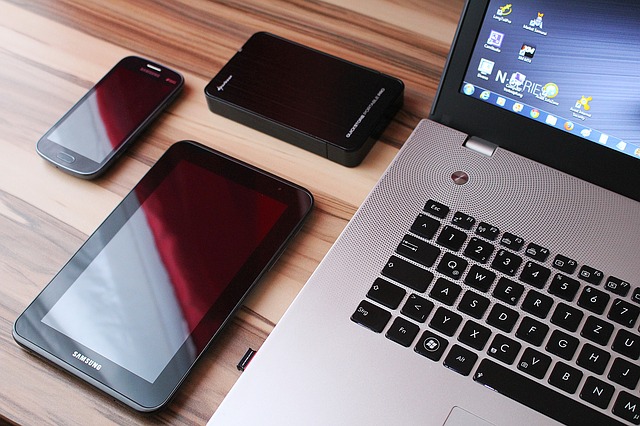
From Encrypted Data to Secure Mobile App Development
Deploy Your BYOD Strategy with a Plan
The Blackberry was a big breakthrough for enterprise mobile solutions—a handheld device that could make phone calls, send emails, and be used for a number of work applications? At the time, that was not only revolutionary, but very simple and straightforward, since there was really only one brand of device on the market.
Today, it’s been joined by iPhones, an army of Android devices, and even the occasional Windows phone, not to mention tablets and ultra-portable netbooks. With all these options came the rise of BYOD, or Bring Your Own Device, policies. Employees can use whatever device they’re most comfortable with—but a successful BYOD program needs to be executed with care. Here are a few tips:
Specify Supported Devices
Giving your employees total freedom sounds great on paper, but it’s not always practical. If you have had special apps built just for your business, it can become more complicated—and costly—for your mobile app development team to design and support apps for every OS. It may also be necessary in this part of your policy to specify that devices must have (and be able to support) up-to-date firmware, as outdated devices can pose security risks.

Clearly Outline Security Policies
Every device that has access to corporate data—even a single email—should be password protected.. Encourage employees to opt for longer, alphanumeric passwords instead of a four-digit pin or simple pattern.
Several enterprise mobile solutions exist that offer secure or encrypted alternatives to other, less-secure email and document-sharing apps. Your policy can include a requirement that employees use secure and encrypted applications for everything work-related on their personal devices. If you need an app that securely performs a specific function, this is a good opportunity for mobile app development. If the app you need doesn’t exist, you have the power to have one made for you.
Have Backup Plans
No matter how strong of a security policy you have, things can and will go wrong. The difference between disaster and close shave is a good contingency plan. Programming password-protected devices to erase all data after multiple incorrect passwords is a good start (since self-destructing smartphones aren’t legal… yet).
If you have the means to remotely delete corporate data—or all of it—then that can also help keep information secure. Remote access and deletion is another good reason for custom mobile app development that puts control in a central hub. Since the device is a personal device, help your employee save themselves from losing personal information, photos, and more. Make sure they know how to back up their personal files, since the device being wiped in the event of loss or theft is a strong possibility.
BYOD is a great enterprise mobile solution, but it has to be done with forethought in order for it to be effective.
